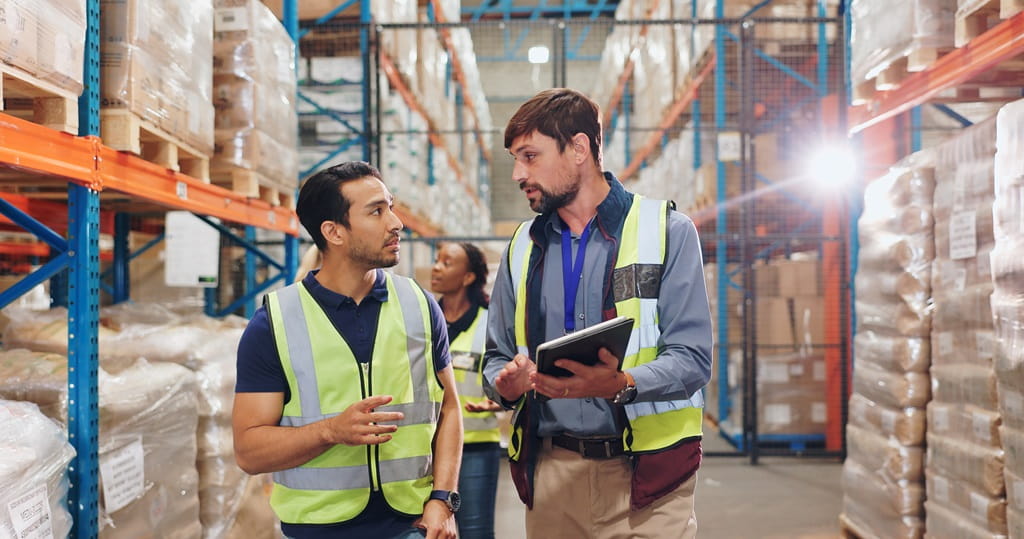Speedy delivery. Instant tracking. Simple returns. Modern consumers want even more. Since the logistics industry is no longer just an afterthought, They are now integral to the customer experience, and also your company’s profitability.
What exactly is retail Logistics?
Retail logistics entails everything that goes into transporting goods from the initial point of origin to the buyer’s hands. This covers everything starting from dealing with a manufacturing company and wholesaler to fulfillment the inventory, warehousing and shipping, not to mention dealing with returns.
The essence of logistics is all about control. This is the control of inventory, including what’s available, the location that the stock is located, the speed at which it is moved across the supply chain and the accuracy of delivery. For retailers operating in the modern world where everything is instantaneous, flexibility and precision of logistics is essential.
The Key Parts that make up Retail Logistics
Understanding the essential elements of a retail logistics system is an excellent starting point to improve. These are the components that include.
1. Inventory Management
Inventory refers to the gathering of products that are available to customers. Retailers rely on inventory to boost sales. But, having too excessive or insufficient inventory can adversely affect profit. Effective systems reduce deadstock – old and unused inventory, while also increasing the management of stock levels through live monitoring and AI-based predictive analysis. Management strives to keep the products flowing and not piles.
2. Warehousing and Storage
The time of storage that was passive is over for good reasons. Modern warehouses are agile and data-driven. Utilizing intelligent shelving, optimizing pick paths and arranging items according to selling speed can increase the efficiency of fulfillment. In cities micro-fulfillment facilities are appearing to satisfy the need for faster delivery.
3. Order Fulfillment
The clock begins ticking moment a client places an order. So, each second counts. Fulfillment involves the steps of choosing packaging, labeling, packing and then dispatching. Unfortunate errors can lead to delivery delays or even incorrect ones. Returns or omissions are contingent on a negative image of the business. And, in the present day the word spreads quickly. Once you’ve made a mistake, your reputation will be on thin frozen ice.
4. Last-Mile Delivery and Shipping
The shipping process gets an item to the consumer However, the final mile will determine where strain is. It’s the most expensive and time-consuming element that is in the supply chain and yet it’s what customers remember the most.
Utilizing advanced logistics platforms such as Mile guarantees that businesses are able to easily automatize routes, track delivery times in real time, and guarantee prompt delivery without any hassle.
The Growing Relevance of Retail Logistics
Why do retail logistics receive attention? The answer is simple: the retail industry has changed, and for the better.
Customers today need speed, clarity and accessibility. It’s not just about physical stores and digital outlets. They’ve been merged. Furthermore, it’s no longer only local competition, it’s global.
Prior to being viewed as a secondary task Logistics has become a major component of a company’s overall strategy. It has an impact on:
- Speed of delivery and shipping costs
- Loyalty and satisfaction with customers
- Profitability and operational costs
- Market reach and the ability to scale
In a nutshell, poorly-designed logistics creates a negative customer experience that can lead into revenue loss.
How to Enhance the Logistics of Retail
Let’s discuss ways to simplify retail logistics without creating burnout for staff, and keeping within the budget.
1. Leverage Smart Technology
Implement the management of inventory as well as fulfillment automation and delivery tracking into logistics software to simplify processes. The best systems can enhance delivery accuracy, offer live visibility, streamline repetitive tasks, minimize human error and empower the team members to prioritize the most important tasks.
2. Go Omnichannel, But Stay Coordinated
Retailers can now take orders through a variety of sources such as physical stores, warehouses, and even from third party logistics providers. Although this may sound like a good idea however, it can only function when all systems are in communication with one another.
3. Improve Forecasting Demand
The role of AI in logistics for retail is more than just a way to calculate numbers; it’s similar to having a crystal ball. Effective AI can make use of the power of past sales as well as market trends or even patterns of seasonality to make plans for the future and provide accurate estimates way above the capabilities of the spreadsheet.
4. Streamline Your Last-Mile Delivery
Logistics last-mile is an area where costs could get out of hand and the opportunity to earn loyalty. Consider local delivery providers to refine delivery areas and establish flexible delivery times. Some businesses also provide online GPS delivery tracking to provide additional clarity. Since reliability is more important to customers than speed.
Last Thoughts
The investment in logistics for retail is not just as a cost center but it could also be seen as a significant boost to the growth of your business. If properly managed, retail logistics reduces friction, improves efficiency, and improves customer satisfaction. The best approach and tools can help small retailers be competitive with larger chains of retail.





